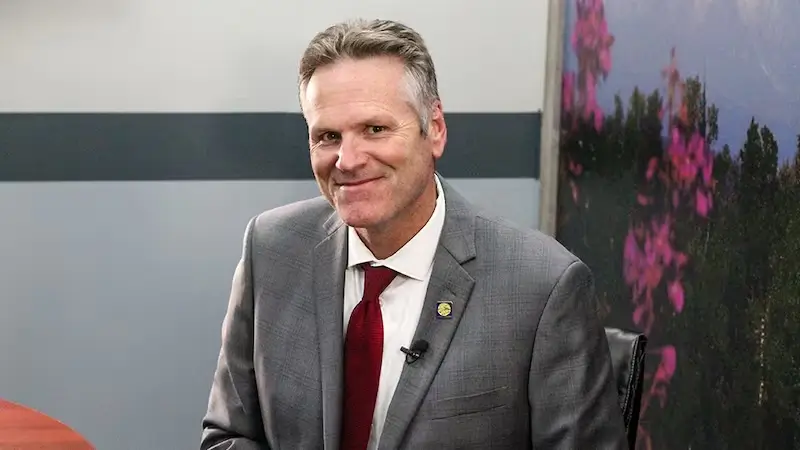Alaska’s Department of Health unveiled the final Governor’s task force report on child care, offering solutions to widespread accessibility issues. The two-year study revealed Alaska’s childcare crisis, with over 10% of licensed providers closing since 2020.
This has fueled severe childcare deserts, leaving families without essential resources. According to the U.S. Chamber of Commerce Foundation, these shortages cost Alaska’s economy $165 million annually.
The report proposed 56 recommendations for affordability, accessibility, workforce sustainability, and quality improvements. Governor Mike Dunleavy praised the task force’s work, stating that addressing the childcare shortages aligns with his vision to make Alaska more family-friendly.
Dunleavy’s proposed budget includes $6 million to expand income eligibility for the Child Care Assistance Program. Families earning up to 105% of Alaska’s median income will now qualify, and copays will be capped at 7%.
Commissioner Heidi Hedberg emphasized rural areas’ unique challenges, such as limited providers and insufficient infrastructure for facilities. Innovative solutions, including utilizing schools or promoting home-based child care, aim to overcome these obstacles.
Officials also prioritized workforce development with recommendations to offer wage subsidies and payroll tax credits to help childcare centers attract skilled professionals. Businesses like Bright Beginnings Early Learning Centre struggle with staffing challenges due to low wages and high operational costs.
Corporate finance manager Heather DeLoach stressed that subsidies and tax credits could create sustainable workforce solutions. “We’re paying the same wages as other jobs that are much, much easier,” she stated. This comprehensive report signals Alaska’s commitment to combating Alaska’s childcare crisis and ensuring families statewide have access to critical services.
This news article was originally published by Alaska’s News Source.









